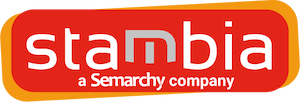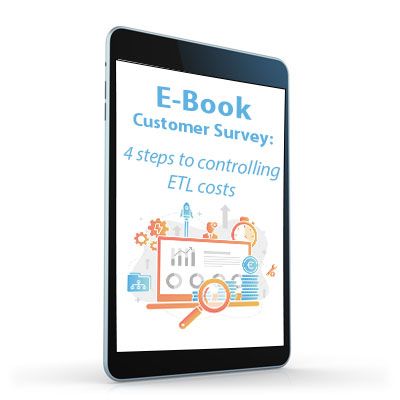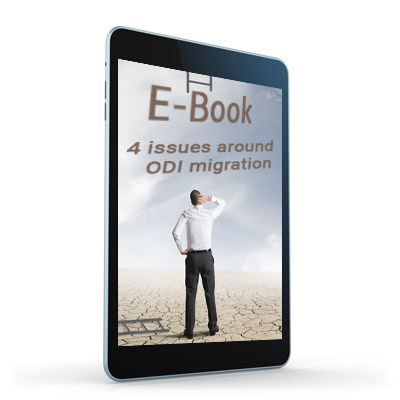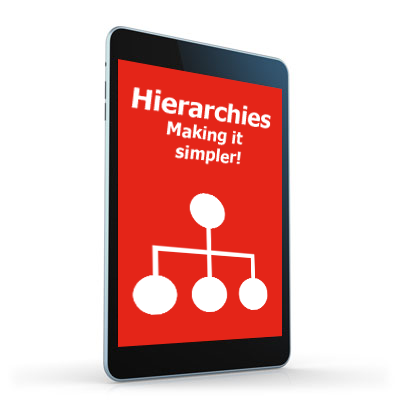Find Inspiration for your Data-driven strategy
Discover our ebook section
Customer Survey : 4 steps to controlling your ETL costs
Through this study conducted on a panel of Stambia customers, we wanted to understand the key elements for optimizing costs when purchasing a data integration solution.
Discover our eBook with each infographics explained in detail
Stambia overview in 5 minutes
Big or Open, the data keeps getting talked about.
The democratization of connected objects, the collapse of the cost of storage and the prospects of the commercial use it offers have brought data into a new era.
Computer data is now worth billions and become a real corporate asset to build a marketing & marketing strategy.
Deploying a data integration solution becomes a must-have for any organization that wants to easily connect, transform, and manage their data.
In this white paper, discover the philosophy of Stambia technology and how it can help you get the most out of your data while speeding up your digital projects.
The 6 benefits of Data Integration with Salesforce
In the age of digital transformation and of resulting business transformations, organizations need to reconsider the vision they have of their customers.
The implementation of a CRM platform such as Salesforce is a part of this logic of developing a 360° vision of the customers.
However, setting up Salesforce is not an end in itself
Oracle Data Integrator, 4 issues around migration
This document presents briefly the migration issues with the new versions of Oracle Data Integrator (ODI 12), and provides elements of response.
It raises the question of the management of digital transformation projects with traditional technologies, and proposes a vision bringing agility and efficiency
The agile and bimodal data integration
Gartner has identified a crucial tension in the proliferating demands on IT and prescribed a model to enable IT to respond to them with what it calls bimodal IT, a combination of old-style and modern IT practices.
The bi-modal model is an implementation option for those organizations who want the tremendous value IT can bring to the business to move with more agility.
The purpose of this document is to take a look at bimodal computing, to check its soundness, and then observe the possible impact on the implementation of data integration within organizations
Management of hierarchical data in a simple way
Management of hierarchical data formats such as XML, JSON, SAP IDOCS or Web Services can be very complex.
Which developer has never complained about the difficulty and the time losses induced by the processing of this type of data?
This is understandable since traditional data integration solutions, designed for simpler data formats such as tables and flat files, encounter poor productivity and performance when dealing with this type of structure.
However, current technologies faced by CIOs, such as Big Data and NO SQL, massively use non-relational data.
Through this Ebook we explain how Stambia data integration software could easily help you managing complex hierarchical files and bring agility in your Information System.
ebooks written by our partners
Dicover some resources written by Stambia's partners
From Oracle Data Integrator to Stambia
For the last few years, companies have been experiencing major shifts in their activity allowing them now to change the game. (customer experience, digital age, uberization, etc.).
At the same time, IT landscape has considerably evolved. We have moved from architectures where data was centralized and owned by the company to an architecture where data is scattered / in silo and more and more outside of Information System.
New potential sources of data have emerged: internet of things, social media, mobile applications, as well as third-party data providers
Faced with these new challenges, companies must reconsider the way of managing the data integration processes.
Discover through our Insepti partner a comparative analysis between ODI (Oracle Data Integrator / Sunopsis) and Stambia dealing with the subject.







